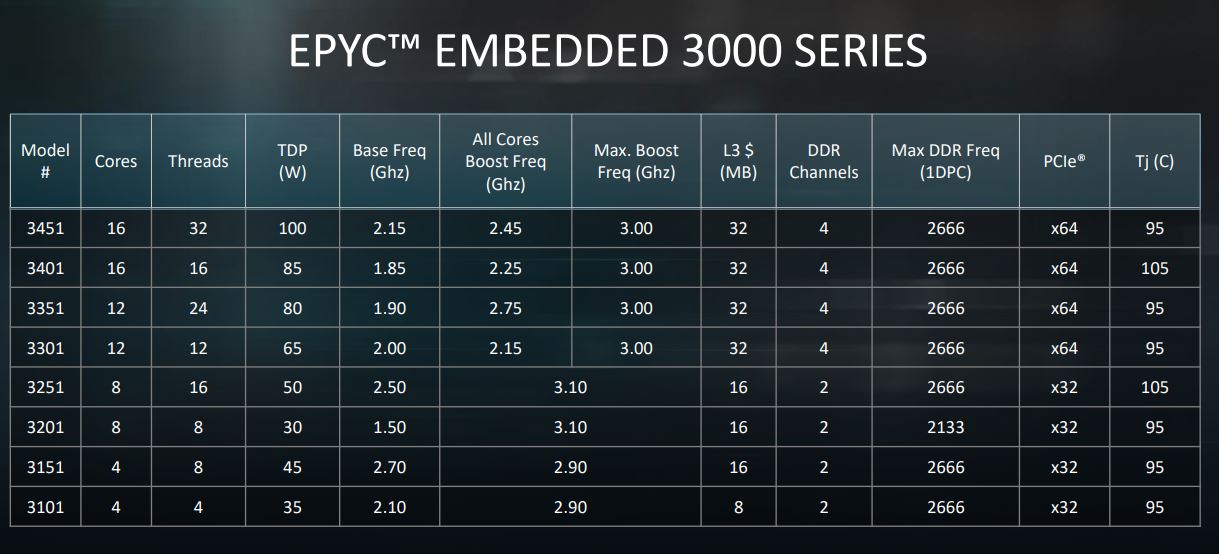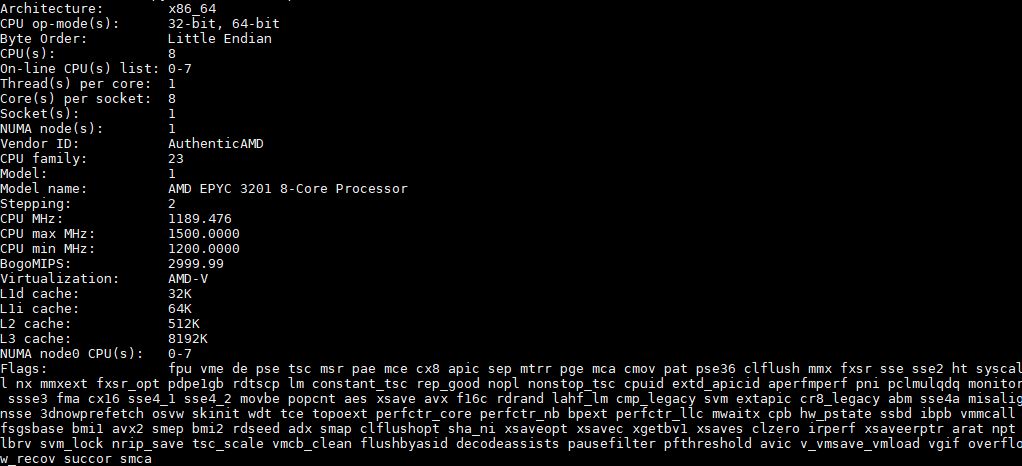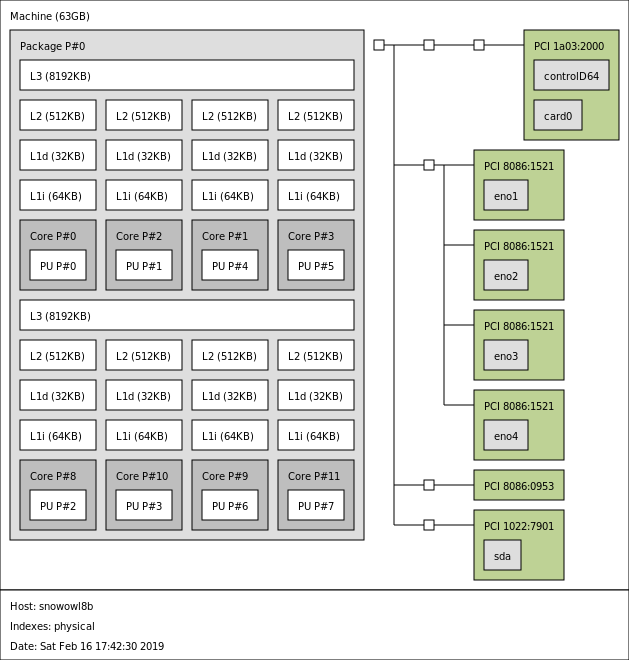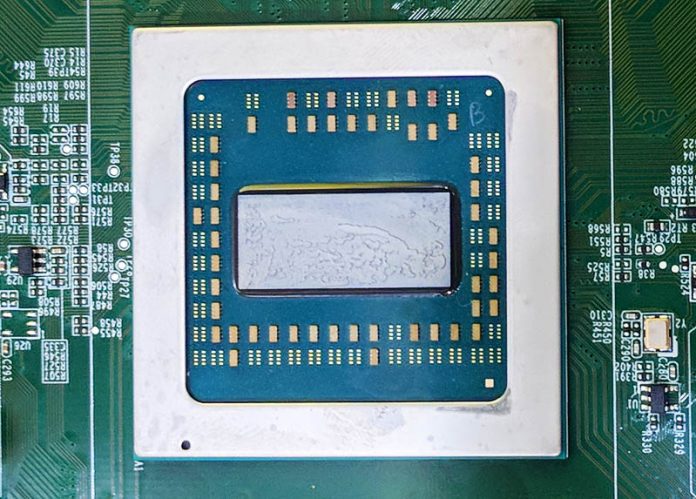If you are looking for something different in the embedded space, the AMD EPYC 3201 is an absolutely fascinating specimen. In our AMD EPYC 3201 review, we are going to show you why it will bring refreshing competition into the market.
Introduction to Our AMD EPYC 3201 Review Journey
Although John has gallantly taken over many of the CPU review pieces for STH, this is one I wanted to do myself as a follow-up to our world first exclusive AMD EPYC 3251 Benchmarks and Review. We attended the AMD EPYC 3000 launch about a year ago in London. In that year, we saw a few boards in the wild, but there has been something missing: retail mITX and ATX platforms that can be used by channel cobblers and embedded suppliers to build a new and engaging class of products. Frankly, this is a space where Arm will eventually play a bigger role, but for years the embedded x86 market has been dominated by Intel.
Since then, I have personally been voicing the STH community’s desire to see the AMD EPYC 3000 series in standard channel form factors. Many times, a small mITX motherboard is really the best option out there to get people to adopt a new platform. Even NVIDIA’s Jetson TX2 developer platform is an mITX motherboard. In the year since its launch, I have been pressing hard because the market needs an alternative to the Intel Xeon D. Competition drives benefits for customers and the entire ecosystem.
Key stats for the AMD EPYC 3201: 8 cores / 8 threads running at a 1.5GHz base clock and up to 3.1GHz turbo. Cache stands at 16MB L3 cache. We are told this chip has a TDP of only 30W, making it only a 5W upgrade over some of the Intel Atom line.

We wanted to note here that the AMD EPYC 3201 is the only model that utilizes only 2133MHz DDR4 speeds. Given the 30W TDP spec, it seems like this was not done to artificially segment specs. Instead, it seems to be an indication that AMD needed to drop memory controller speeds to hit the low 30W TDP. Here AMD has a part with twice the number of active physical cores and cache as the EPYC 3151 but that EPYC 3151 has a 50% higher TDP.
Here is what the lscpu output looks like for the chips:

Testing Configuration
I have been told not to release details on our exact test configuration just yet, but I expect to be able to soon. The platform is retail-ready. I know we normally go into detail about our test platforms, this one we are going to have to wait on but expect a thorough STH review as we already have testing done for this and several others. [Edit 2019-02-22: Updated with the test platform.]
- CPU: AMD EPYC 3201
- Motherboard: Supermicro M11SDV-8CT-LN4F
- RAM: 2x 32GB DDR4-2133 RDIMMs
- SSD: Intel DC S3710 400GB
A few notes. The platform we are testing on has a few features that our readers will be interested in. These include the ability to bifurcate the PCIe x16 slot into x4 x4 x4 x4 or x8 x8. We also found SRIO-V support and IOMMU support onboard.
Here is an overview of the M11SDV platform, including the Supermicro M11SDV-8CT-LN4F we are using for our review:
We will have a review of the platform, and disclose more when we get the OK to. There are still a few features I want to see in the platform, but I am happy to report that the platform we have worked perfectly out of the box. Ubuntu 18.04.2 installed without issue, recognized all of the devices and just worked out of the box. If you are using a Ubuntu 14.04 LTS era kernel you may run into challenges, but modern kernels handle the architecture fine.

Docker installed and worked. We joined the platforms to our Kubernetes cluster without issue. We enabled and launched KVM virtual machines without issue. We are well beyond the days of the initial Zen launch to where AMD’s cores are as easy to run on modern kernels as Intel’s cores. That is important for the market and the customers and organizations who are looking to buy in the embedded space.
I also wanted to address our previous AMD EPYC 3251 benchmarks. We utilized our Wallaby platforms and got to numbers we felt OK to publish in our September 2018 AMD EPYC 3251 Benchmarks and Review article. We tested two of the same upcoming AMD EPYC 3251 platforms and the new platforms were within +/- 1.5% of our Wallaby platforms. We also double-checked adding even more cooling just to see if that would change performance and it did not. 1.5% is outside what we consider OK for run variances, but are greater than we usually see. At the same time, I made the call that we would utilize our original AMD EPYC 3251 figures as-is. We now have four AMD EPYC 3251 chips in the lab and two different platforms that are within our testing tolerance.
Please note that as with our upcoming Intel Atom C3758 review, we are going to keep our power consumption figures tied to the platform that these embedded chips are found on. We customarily do this since in the embedded space when SoCs can take tens of watts and a NIC plus BMC can add another 20W, the platform itself is a much larger overall proportion of power consumption than in larger systems. Further, these chips are soldered to their motherboards so the CPU plus its motherboard we treat as a distinct offering in terms of power consumption.
Next, let us take a look at the AMD EPYC 3201 performance before we get to our market discussion and final words.





That’s a great point on the supplier diversity. We’ve exclusively used Intel for over 6 years but that AVR54 bug hurt and we didn’t have an answer. We’re going to buy whatever comes out first if it fits our use and see if we can qualify a different part. We’ve got a few customers that would prefer their HA pair to be similar performance but with different components so they don’t get caught stuck with that AVR54 worry
Xeon D-2100 pricing is f*ing crazy. Dilly Dilly to AMD getting in there and stopping runaway embedded pricing.
If AMD’s cheaper, I’m going to buy 1-3 just to show support and keep them going.
What I don’t understand about the current ecosystem is that nobody seems to be building embedded parts based on the 3000 series. While you can purchase several Xeon D boards with embedded CPU I haven’t seen anything indicate that Epyc parts are coming. Even SuperMicro officially announced that they have no parts in the planning.
So here’s to hope that AMD will produce boards with embedded CPUs themselves to get the market to follow.
Patrick, thanks for all the hard work – I don’t suppose you know the volume pricing on the 3201 do you?
I’d love to know if it comes out cheaper than the 3758? It feels like a direct competitor to me, considering it’s only 5w more and in /most/ benchmarks it’s anywhere from 5 to near 40% faster.
I can only hope for good things for this platform moving forward, hopefully lots of linux, windows, freebsd / freenas support.
Good to have some options.
I do not have volume pricing on this. Our EPYC 3000 launch piece has two SKUs, but not this one.
I am committed to producing a viability study for the practicality of immediate commencing manufacturing of the very similar products. (this said, I cannot say that the actual product designs are very much more exciting than what is seen in the market and its also fact that we are wanting to manufacture for customers with demand for unique product and services for their businesses, and unlike the public market in our area we have a lot of capacity to entertain high quality and finish quality products in retailers that would be very expensive sales for comparison. If you have any more interest then please contact me by all means the potential to be financed in a manner that will permit paid full equity in the additional compensation, very possible to who is relaxed to take the product from the errors which must be eliminated to last inspection, with the least personal concerns of stress and who is as concerned about why everything is slow in this market and no explanation is certain and sufficient. We want to be odm and to be retail for potential cases design as well as selling the limited edition stocks that are different completion of bigger customer service and specifications making.
Why Supermicro has crippled this great platform?
We could have:
8x SATA (RAID 0,1,5,10)
4x 10 GbE
2x M.2 Slots (like ASUS P11C-M/4L has)
1x 24-pin ATX power connector for PicoPSU
I can only hope another manufacturer will solder Epyc 3201 to a mATX board, so I can get rid of my power hungry 2011-3 RDIMM based homelab. ;-(
Simon – I think that page will get updated.
Stephan – with these, you simply need a DC power cable and do not need the PicoPSU. You can run them directly from a power brick. The appeal of this model is you can skip the extra power supply.
Patrick – Maybe I can somehow connect a 12V DC power brick to the mainboard itself (DC plug to 8-PIN EPS adapter – part number?) but how do I then power SSDs & HDDs? Retail package contains 4x SATA cable but CBL-PWEX-0982 offering only one SATA power connector and there is no information in manual about how much milliampere we can drain from J6 without smoke.
Recommended case E300 has a DC connector but the cable inside the case to 8-PIN mainboard connector is not in parts list.
Supermicro already made a mainboard I’m searching for: A2SDV-8C-TLN5F. I want this board with Epyc 3201 and 8x SATA.
It seems to be modern these days to sqeeze everything to the smallest possible formfactor at any costs.
Low power server CPU and ATX form factor for expansion cards and features? – exactly one mainboard available: Gigabyte MB51-PS0. This is so sad.